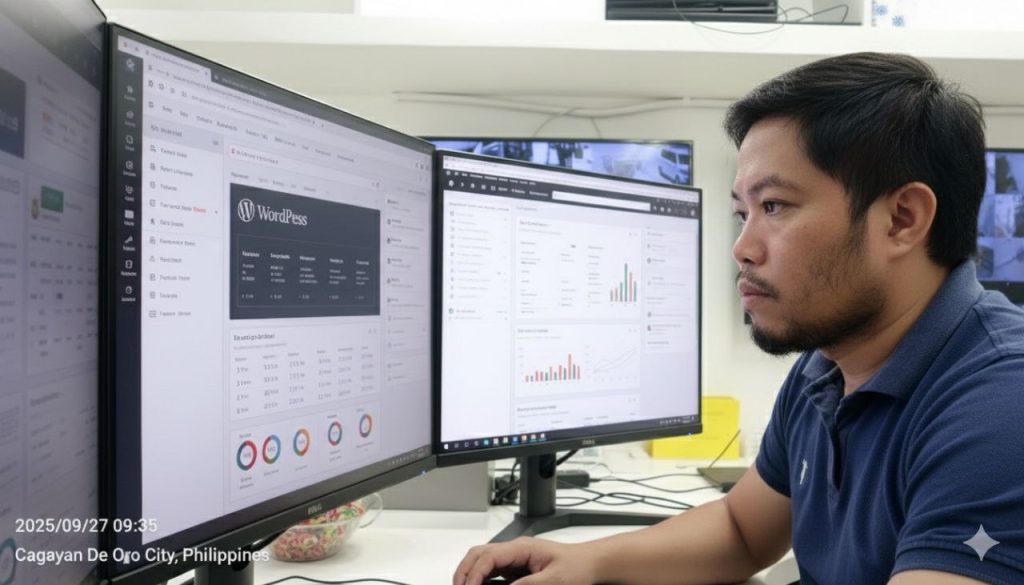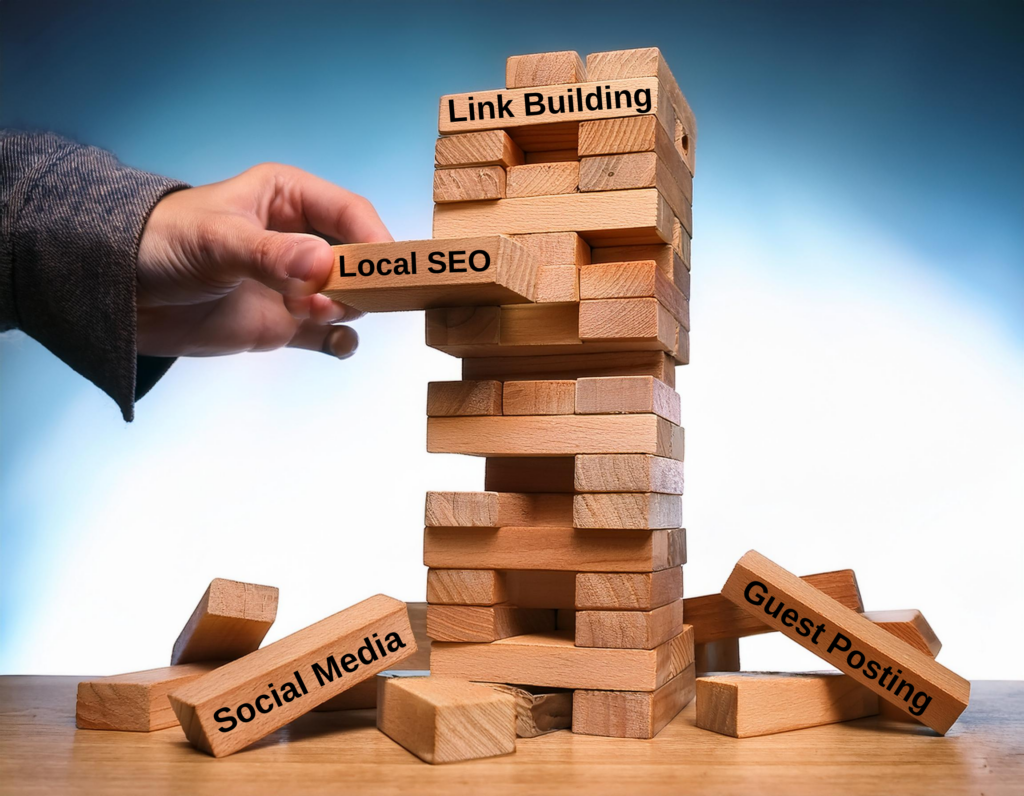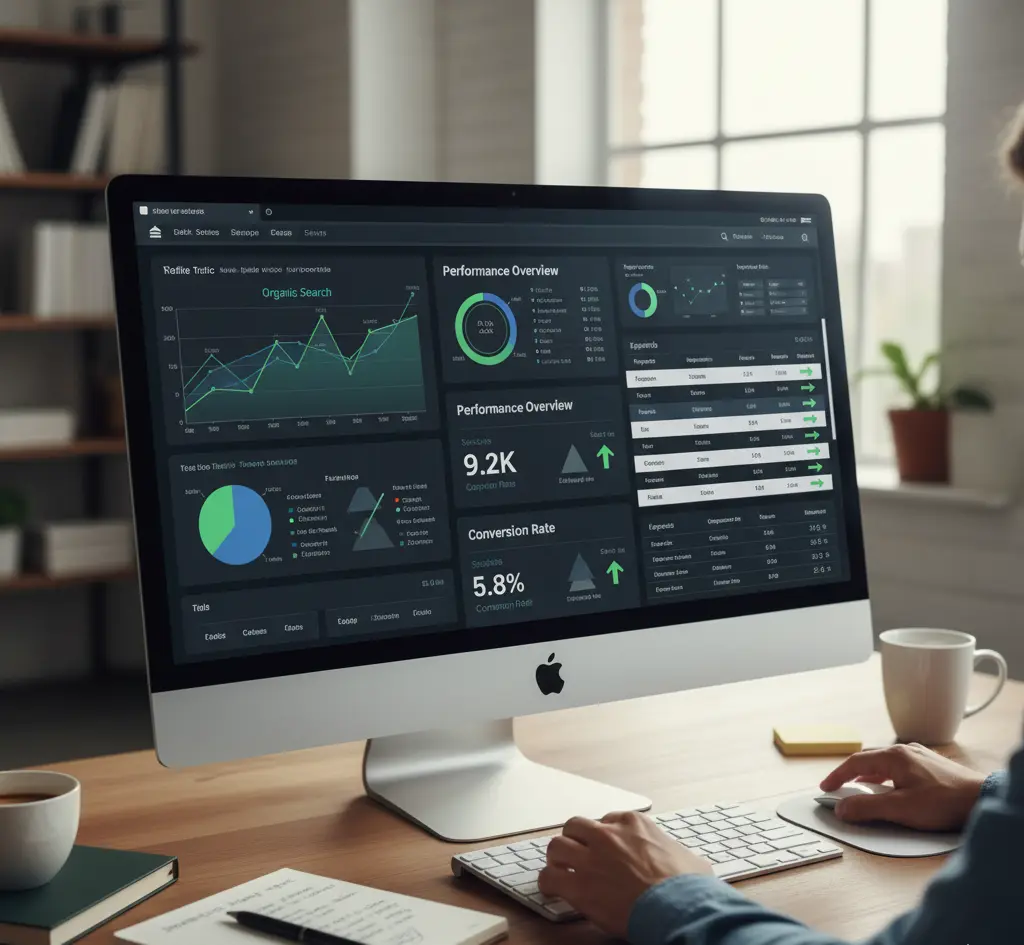Search Engine Optimization
As an SEO Specialist, I was responsible for developing and executing on-page and technical SEO strategies to improve organic visibility, drive targeted traffic, and boost search engine rankings for WordPress-based websites. My role combined strategic SEO planning, technical optimization, and content collaboration to ensure maximum search performance.

Key Responsibilities:
Conducted comprehensive SEO audits for WordPress websites, identifying technical issues and optimization opportunities.
Optimized website architecture, internal linking, metadata (titles, descriptions), headings, schema markup, and images for maximum crawlability and indexation.
Collaborated with content teams to implement keyword-optimized content, landing pages, and blog posts using SEO best practices.
Managed and configured essential SEO plugins such as Yoast SEO, Rank Math, and All in One SEO Pack.
Performed keyword research using tools like Google Keyword Planner, Ahrefs, and SEMrush to inform content strategy.
Improved page speed performance through image compression, caching, and script minimization using tools like WP Rocket and Smush.
Created and submitted XML sitemaps and robots.txt files via Google Search Console and Bing Webmaster Tools.
Monitored performance and KPIs using Google Analytics, Search Console, and other SEO platforms.
Ensured websites adhered to mobile-first indexing, Core Web Vitals, and overall SEO best practices.
Provided SEO performance reports and actionable insights to stakeholders or clients.
Key Cycles of effective SEO:
1. Research and Discovery

Goals:
Understand your business, audience, and competition.
Identify keyword opportunities.
Tasks:
Keyword research
Competitor analysis
Market trends & audience insights
Search intent analysis
2. Technical SEO Audit and Optimization
Goals:
Ensure your site is crawlable, indexable, and fast.
Tasks:
Fix crawl errors, broken links
Improve site speed
Make sure site is mobile-friendly
Ensure proper indexing (robots.txt, sitemaps)
Use structured data (schema.org)


3. On-Page SEO
Goals:
Optimize content and structure for both users and search engines.
Tasks:
Optimize meta titles, descriptions, headers
Use targeted keywords naturally
Improve internal linking
Enhance URL structure
Use alt text for images
4. Content Creation and Optimization
Goals:
Provide valuable, relevant, and keyword-optimized content.
Tasks:
Create blog posts, landing pages, product pages, etc.
Target search intent (informational, transactional, navigational)
Update and improve existing content
Add multimedia (images, videos, infographics)


5. Off-Page SEO (Link Building & Authority Building)
Goals:
Increase your website’s trust and domain authority.
Tasks:
Build high-quality backlinks
Perform digital PR and outreach
Engage in guest posting
Monitor brand mentions and local citations
6. Monitoring and Analytics
Goals:
Track progress, performance, and ROI.
Tasks:
Use Google Analytics, Google Search Console
Monitor rankings, organic traffic, CTR
Track conversions and bounce rates
Analyze competitor performance


7. Review, Refine, Repeat
Goals:
Continuously improve strategy based on results.
Tasks:
-
Adjust keywords based on performance
-
Identify new content opportunities
-
Re-optimize underperforming pages
-
Stay updated with algorithm changes